Along the world's miles of coastline, man has always had a very available food source - high in protein and trace minerals, because of the many kinds of molluscs to be found there. Mussel and oyster beds, clam-flats and other abundant shellfish have always provided an easy source of food.
Today, fisheries in Europe, Japan and the US alone produce over 1 billion pounds of oyster meat each year. Abalone, a great delicacy, can fetch up to three hundred dollars per pound. Could you imagine a world without Clam Chowder?*One problem does exist; however. At certain times of the year, (usually the warmer months) many species of salt-water molluscs become very poisonous (L) due to an algal bloom (Note: The algae include many unusual organisms which are one-celled and can swim like animals, and all the many different kinds of seaweed.) known as "red tide." The molluscs filter feed on these tiny creatures (called "dinoflagellates" - no relation to dinosaurs!!) that produce the toxins. Eating shellfish during "Red Tide' can cause serious illness and even death to humans. This could be one explanation why in the Jewish and Muslim cultures, shellfish are considered unclean and forbidden.
Tastes in molluscan food vary tremendously from one person to the next and from culture to culture; however, when it comes to a question of survival, most molluscs are edible. Some are considered delicacies such as oysters and escargot while others such as the clams and mussels of fresh water ponds and streams are less likely to be consumed due to taste, but none-the-less are very edible. Terrestrial molluscs (the ones that live on land, i.e..) are also eaten. France alone consumes 5 million pounds of escargot (a snail that lives in trees!) every year.
|
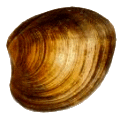 Protothaca staminea Little neck Clam |
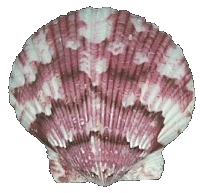 Argopecten gibbus Atlantic Calico Scallop |
|
|
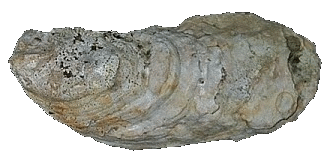 Crassostrea virginica Atlantic or Eastern oyster |
 Perna viridis Green mussel 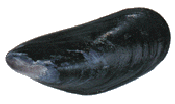 Mytilus edulis common blue mussel |
|
|
 Buccinum undatum Common Northern Whelk |
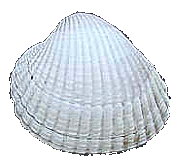 Cerastoderma edule Common edible cockle |
|
|
 Stombus gigas Giant Pink or Queen Conch |
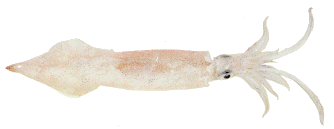 Loligo spp, Illex illecebrosus California or Market squid |
|
|
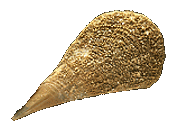 Pinna nobilis Pen or Fan Shell |
 Bathybembix bairdii Baird's topsnail |
|
|
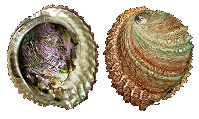 Haliotis corrugata Pink Abalone |
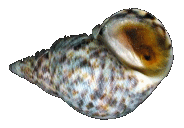 Littorina angulifera Angulate or Mangrove Periwinkle |
|
|
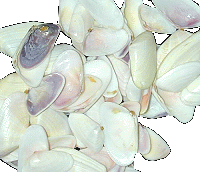 Donax variabilis Southern or variable coquina |
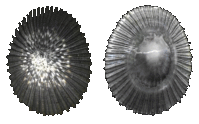 Cellana exarata Hawaiian Opihi |
|
|
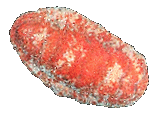 Cryptochiton stelleri Giant gumboot chiton |
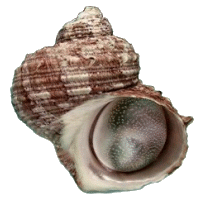 Turbo cornutus Spiny top shell |
|
|
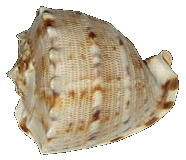 Cassis cornuta Horned Helmet |
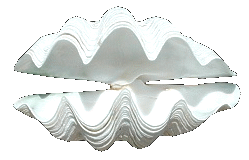 Tridacna gigas Giant clam |
|
|
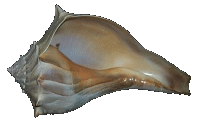 Busycon carica Knobbed Whelk |
Very few molluscs are actually poisonous, and a huge variety of them end up in cooking pots around the world - The animals that once lived in most ornamental shells sold in stores probably ended up that way!
Man and Mollusc now has a Data Base under construction: I am attempting to list as many edible mollusc species as possible. You can also find a lot of information on specific shells being consumed, whether or not they are commercially harvested, being raised by aquaculturists and in a few instances, I've even included recipes. This is a bit advanced if you are under the age of about 12 years; but feel free to visit the data base. I hope you enjoy this new project. Avril